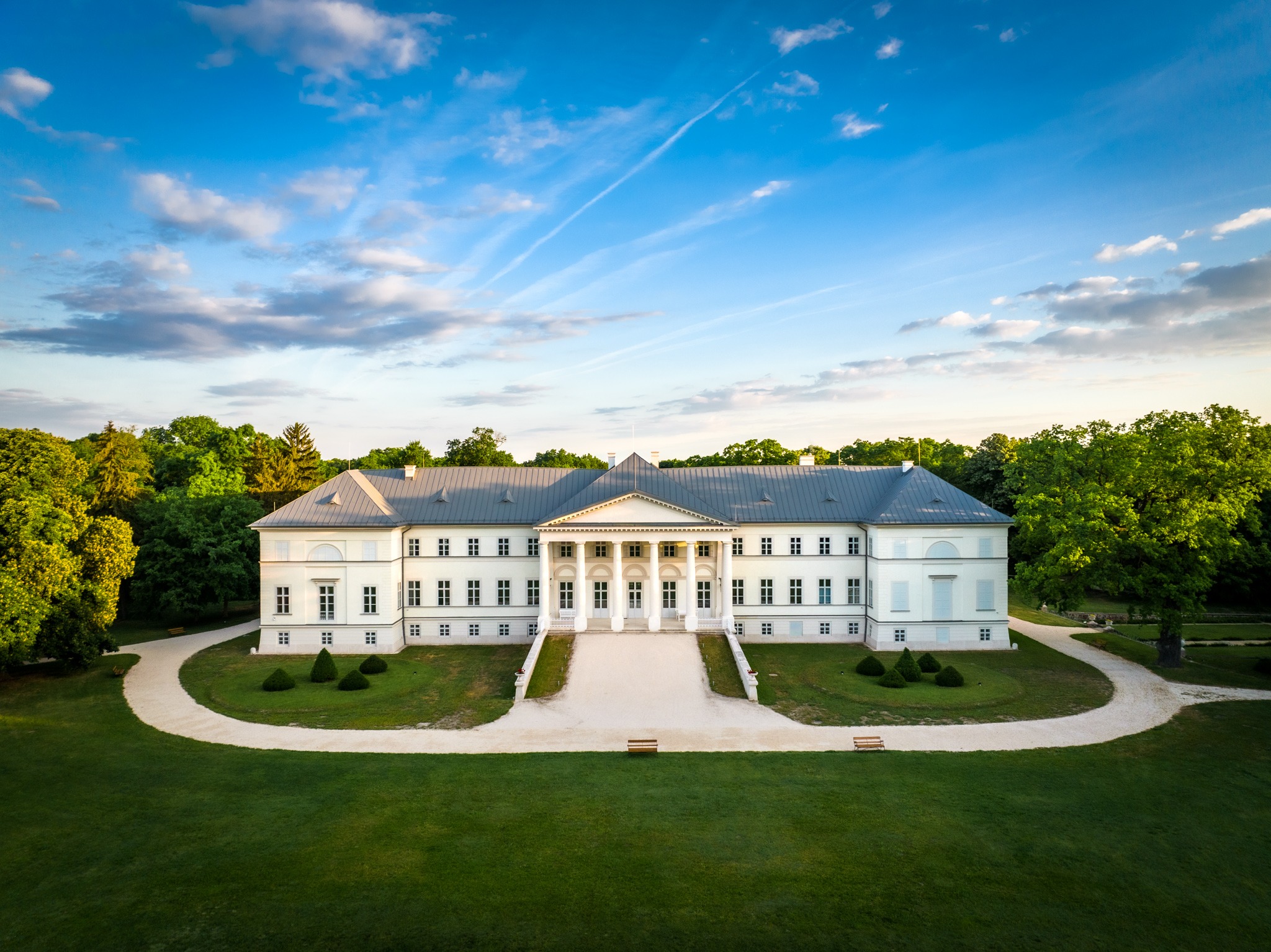welcome

Dear visitors,
Let us welcome you, the visitor of Festetics Mansion in Dég on behalf of the National Heritage Protection and Development Nonprofit LLC. (NÖF), as well as the National Palace and the National Castle Programme.
In the National Palace and the National Castle Programme, values are preserved with lasting solutions. Not only do we consider the restoration of historic buildings extremely important but also their rebirth; we strive to rehabilitate these structures not only physically, but also mentally.
Mihály Pollack designed and Antal Festetics, Imperial and Royal Chamberlain, had one of Hungary’s earliest stately neoclassical mansions constructed between 1810 and 1815. Dég Mansion has become a landmark piece of art, and Pollack used it as a model for the National Museum and many of his other buildings.
The mansion is referred to as the “secret centre of Hungarian Freemasonry,” as it housed the secret archives of Hungarian Freemasons for more than a century, and its commissioner of construction, Antal Festetics, was himself a Freemason.
Count Sándor Festetics was the mansion’s last occupant and its 20th-century rebuilder. He is credited with the neoclassical transformation of the building. He oversaw the mansion’s modernisation in the 1920s, which included the employment of decorations that evoked classical architecture, and he is also responsible for the incorporation of the Masonic symbols still present throughout the building.
The exhibition in the mansion’s ground-floor rooms highlights the Festetics family’s diverse interests, lifestyle, holidays, and everyday life, as well as their historical role, including excerpts from the history of the mansion and the estate. Based on historical materials and artefacts, the rooms on the second floor examine the origins of the Hungarian Freemasonry movement and its ties to the Festetics family, as well as the village of Dég. The red-brick Hollandi (Dutch) House, constructed in 1891 to heal the consumptive Countess Lenke Pejacsevich, houses a chamber exhibition. Built at the same time as the mansion, the English garden is a park designed with Masonic symbolism that is still preserved today.
Explore all of the old building’s treasures, rest in the unmatched 100-hectare mansion park, or unwind in the café. We hope that your visit to the iconic old-new site of Dég Festetics Mansion will be one to remember!
Mónika Mohácsi
Managing Director
National Heritage Protection and Development Nonprofit LLC. (NÖF)


